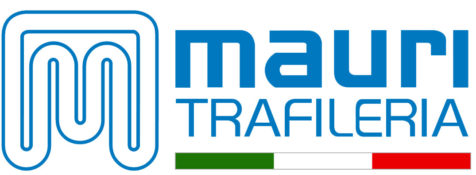Cold drawn EN 10277:2018 standard
W.NR.: 1.0765
High machinability steel for direct hardening
heat analysis according to the EN ISO 683-4:2018 standard
| C % | Si % | Mn % | P % | S % | Pb % | |
| From | 0,32 | – | 1,30 | – | 0,10 | 0,15 |
| To | 0,39 | 0,40 | 1,70 | 0,06 | 0,18 | 0,35 |
according to the EN 10277:2018 standard
| Thickness mm |
Rolled + peeled rolled ( +SH ) |
Cold drawn ( +C ) |
|||
| hardness HB max | Rm (MPa) | Rp0,2 minimum | Rm (MPa) | A5 % | |
| (MPa) | minimum | ||||
| ≥5≤10 | 500 | da 660 a 960 | 6 | ||
| >10≤16 | 440 | da 620 a 920 | 6 | ||
| >16≤40 | 219 | da 560 a 750 | 390 | da 600 a 900 | 7 |
| >40≤63 | 216 | da 560 a 740 | 360 | da 580 a 840 | 8 |
| >63≤100 | 216 | da 550 a 740 | 340 | da 560 a 820 | 9 |
* Delivery condition: as rolled.
Machinability:
This steel grade generally shows a quite good machinability on machine tools; machinability decreases with the increase of carbon, silicon and manganese content.
Weldability:
Due to the high sulphur and phophorus content free-cutting steels for direct hardening are not recommended for welding.
Notes:
CORRESPONDENCE WITH OTHER STANDARDS (purely as an indication):
| UNI 4838 | AFNOR 35-562 | EN 10087 | EN 10277-3:08 |
| CF 35 SMnPb 10 | 35 MF 6 +Pb | 36SMnPb14 | 36SMnPb14 |
